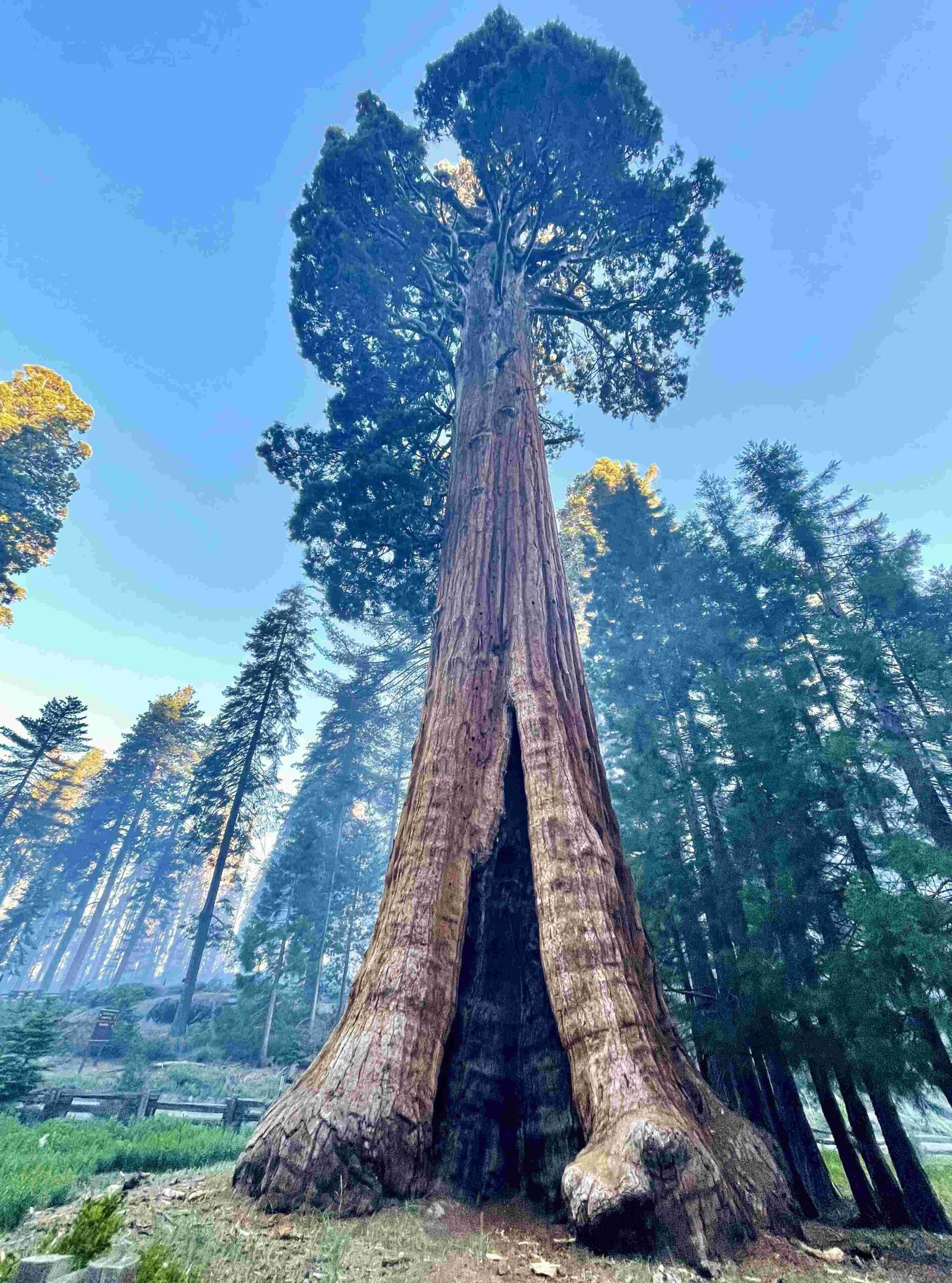Sequoia National Park is renowned for its diverse wildlife, but contrary to popular belief, whitetail deer are not native to this area. The deer species found in Sequoia National Park is actually the California mule deer. This article aims to clarify this misconception and provide accurate information about the deer population in Sequoia National Park.
Why Are There No Whitetail Deer in Sequoia National Park?

Whitetail deer are not found in Sequoia National Park due to their natural range and habitat preferences. These deer are primarily native to eastern and central North America, extending into parts of Central America. The western United States, including California where Sequoia National Park is located, is outside their natural distribution.
What Species of Deer Can Be Found in Sequoia National Park?

The deer species that inhabits Sequoia National Park is the California mule deer (Odocoileus hemionus californicus), a subspecies of mule deer. These deer are well-adapted to the diverse ecosystems found within the park, from the foothills to the high-elevation forests.
What Are the Key Characteristics of California Mule Deer?
California mule deer have several distinguishing features:
- Large ears (hence the name ‘mule’ deer)
- Black-tipped tail
- Forked antlers in males
- Grayish-brown coat in summer, turning more grayish in winter
- White rump patch
- Stotting or bounding gait when alarmed
Where Can Visitors Spot Deer in Sequoia National Park?
California mule deer can be observed in various habitats throughout Sequoia National Park:
- Oak woodlands in the foothills
- Mixed-conifer forests at mid-elevations
- Montane meadows
- Riparian areas along rivers and streams
Visitors are most likely to spot deer during dawn and dusk when they are most active.
What Do California Mule Deer Eat in Sequoia National Park?
The diet of California mule deer in Sequoia National Park is diverse and varies seasonally:
| Season | Primary Food Sources |
|---|---|
| Spring | New growth of grasses, forbs, and shrubs |
| Summer | Leaves and shoots of various plants |
| Fall | Acorns, berries, and remaining green vegetation |
| Winter | Woody browse, including twigs and bark of trees and shrubs |
Some common plants in their diet include:
- Manzanita
- Deer brush
- Snowbrush
- Oak leaves and acorns
- Various grasses and forbs
How Do California Mule Deer Adapt to Sequoia National Park’s Environment?
California mule deer have several adaptations that allow them to thrive in Sequoia National Park:
- Seasonal migration: Many deer move to higher elevations in summer and return to lower elevations in winter.
- Dietary flexibility: They can switch between browsing and grazing depending on available food sources.
- Camouflage: Their coat color helps them blend into their surroundings.
- Keen senses: Large ears and good eyesight help detect predators.
What Challenges Do California Mule Deer Face in Sequoia National Park?
Despite the protection offered by the national park status, California mule deer face several challenges:
- Habitat fragmentation due to human development outside park boundaries
- Competition with non-native species for resources
- Potential impacts of climate change on vegetation patterns
- Vehicle collisions on park roads
How Can Visitors Help Protect Deer in Sequoia National Park?
Visitors to Sequoia National Park can contribute to deer conservation by:
- Observing deer from a distance and not approaching or feeding them
- Driving carefully, especially at dawn and dusk
- Staying on designated trails to minimize habitat disturbance
- Properly disposing of trash to avoid attracting deer to human food sources
- Reporting any injured or distressed animals to park rangers
What Research Is Being Conducted on Deer in Sequoia National Park?
Ongoing research in Sequoia National Park focuses on various aspects of deer ecology:
- Population dynamics and trends
- Impact of climate change on deer habitat and behavior
- Interactions between deer and other wildlife species
- Effects of fire management practices on deer populations
This research helps inform park management decisions and conservation strategies.
In conclusion, while Sequoia National Park does not have whitetail deer, it is home to a thriving population of California mule deer. These adaptable animals play a crucial role in the park’s ecosystem and offer visitors opportunities for wildlife observation and appreciation. Understanding the difference between whitetail and mule deer can enhance the visitor experience and contribute to more accurate wildlife knowledge.
References:
1. California mule deer – Wikipedia
2. Animals – Sequoia & Kings Canyon National Parks (U.S. National Park Service)
3. Odocoileus hemionus – USDA Forest Service
